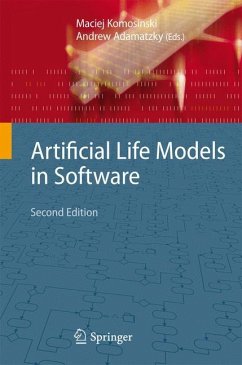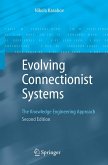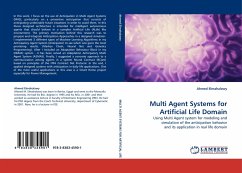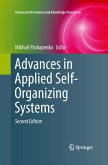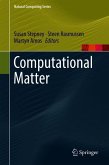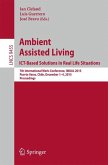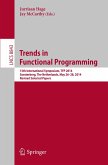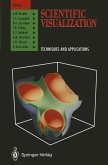The advent of powerful processing technologies and the advances in software development tools have drastically changed the approach and implementation of computational research in fundamental properties of living systems through simulating and synthesizing biological entities and processes in artificial media. Nowadays realistic physical and physiological simulation of natural and would-be creatures, worlds and societies becomes a low-cost task for ordinary home computers. The progress in technology has dramatically reshaped the structure of the software, the execution of a code, and visualization fundamentals. This has led to the emergence of novel breeds of artificial life software models, including three-dimensional programmable simulation environment, distributed discrete events platforms and multi-agent systems. This second edition reflects the technological and research advancements, and presents the best examples of artificial life software models developed in the World and available for users.
From the reviews of the second edition: "Inducing biological functioning into a computing system has always been an interesting topic. It is quite difficult to confirm whether we can make a computing system behave as a life element. This book provides applications, philosophies, and tools that help provide artificial life models in software. ... the book provides detailed descriptions of frameworks, applications, and approaches used in artificial life models in software. This well-written book includes chapters that relate nicely to each other, helpful figures, and in-depth discussions of the various topics." (Varadraj Gurupur, ACM Computing Reviews, February, 2010)

